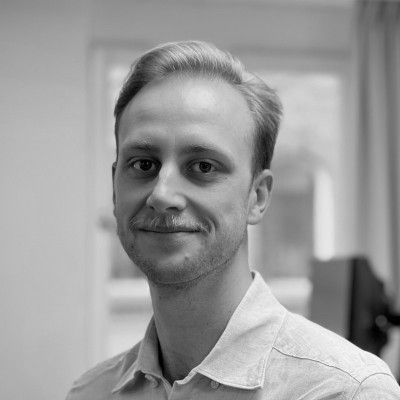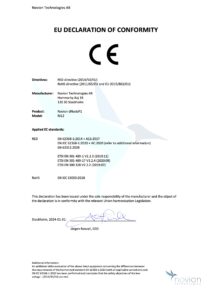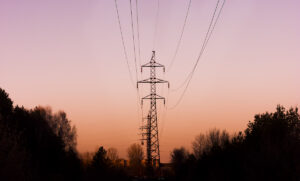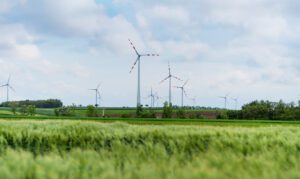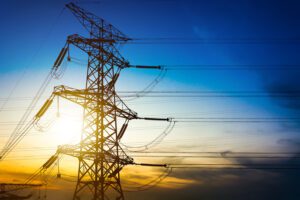Electricity consumers can make a big difference when it comes to solving grid problems, and more and more incentives are emerging to increase their participation in energy markets. When new city districts are planned, it should be investigated at an early stage how the right conditions are created to enable consumers to succeed in this very thing. As part of the EU initiative SCA+, E.ON Energiinfrastruktur explores possible energy solutions that could be suitable for the new horse center to be built in the Jägersro district in Malmö. Solutions that will both contribute to a safer energy supply for Jägersro Hästcenter and society at large.
Novion carried out a preliminary study for E.ON Energiinfrastruktur where two possible energy solutions at Jägersro Hästcenter are compared with each other regarding technical, financial and environmental aspects. On the one hand, it is being investigated what the effects would be of building an own private distribution network in the area, in connection with solar panels to produce electricity. In general, a higher degree of self-sufficiency and less pressure on the local grid can be achieved. On the other hand, so-called virtual aggregation is being investigated, which means that several flexible resources, such as heat pumps, fans and solar panels, can be controlled together. In this way, smaller resources can act together as a power plant and ramp power up and down when needed, to maintain the balance in the electricity grid.
The results of the study gave E.ON decision-making information to be able to move forward in the design of energy solutions at Jägersro Hästcenter. The increasing interest in both distribution networks and virtual aggregation has led to more customers contacting their electricity trading companies to discuss energy solutions. As a result of the study's general approach, the results can also be applied by E.ON in similar contexts with other customers.

